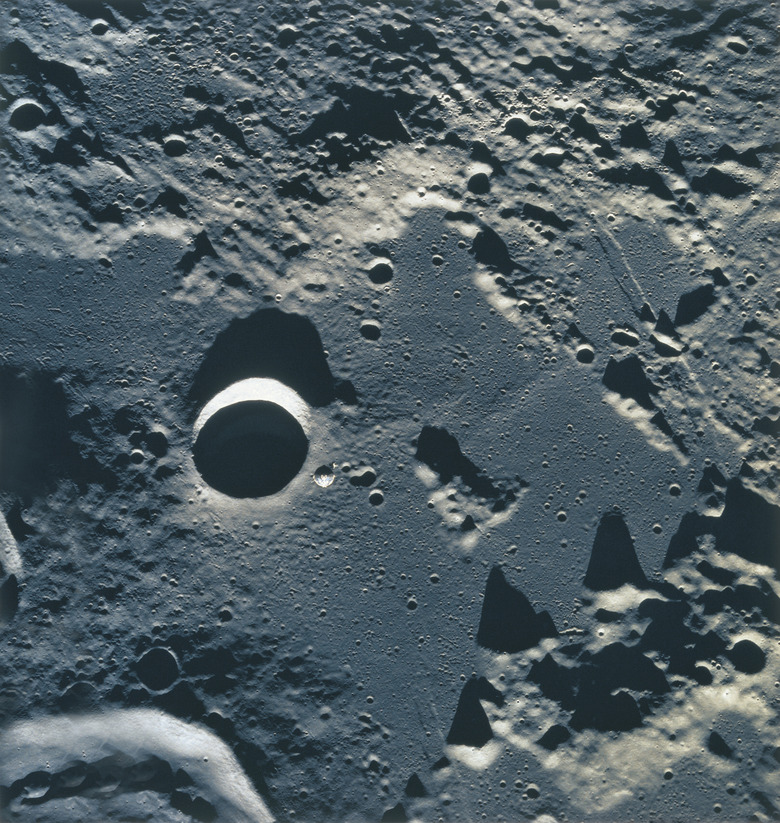Dark Moon Vs. New Moon
"Dark moon" and "new moon" refer to the moon's phases. Astronomers and scientists use these terms to describe the moon's orbit around the Earth and the way that orbit affects the moon's appearance to viewers on Earth. The terms both pinpoint the time in a lunation (one complete revolution of the moon around the Earth) when the moon is between the sun and the Earth.
Phases of the Moon
Phases of the Moon
As the moon orbits the Earth, the sun's light rays strike the moon. Depending on where the moon is positioned in relation to the Earth and the sun, the illuminated portion of the moon that's visible to you on Earth changes. Approximately every 28 days the moon cycles through its full series of phases, first waxing from a thin crescent to the full moon, when the moon's whole hemisphere facing the planet is illuminated, and then waning from full back to a thin crescent.
Astronomical New Moon
Astronomical New Moon
In astronomy, the "new moon" is the phase that occurs between the waning crescent and the waxing crescent. At this point, the moon is directly between the Earth and the sun ("in conjunction" with the sun and the Earth) and thus catches the sun's light fully on the side of the moon facing away from the Earth. The side facing the Earth appears completely dark. Usually, at new moon, the moon is invisible to the naked eye when viewed from Earth.
The "Dark Moon"
The "Dark Moon"
In historical astronomy, before the advent of high-powered telescopes and space travel, both scientists and laypeople would often refer to the new moon as the first appearance of the waxing crescent moon. Today, astronomers sometimes use the term "dark moon" to refer to the period when the moon is in conjunction with the sun and the Earth and is invisible to the naked eye. The term "dark moon" is used to avoid confusion due to the ambiguity of "new moon" terminology.
The "Dark Side of the Moon"
The "Dark Side of the Moon"
Due to the way the moon rotates, the same side always faces the Earth. The side facing away from Earth is known in common parlance as the "Dark Side of the Moon" (as made famous by the Pink Floyd album) — but in astronomical fact, the far side of the moon is not always dark. The side of the moon that faces away from Earth is only completely dark during the full moon; at all other times it is partly lit and partly in shadow. Astronomers call the line between darkness and light on the moon's surface the "terminator." It's thus inappropriate to call the far side of the moon the "dark side," and it's a term that astronomers don't use.
Cite This Article
MLA
Maclin, Ellie. "Dark Moon Vs. New Moon" sciencing.com, https://www.sciencing.com/dark-moon-vs-new-moon-5082/. 24 April 2017.
APA
Maclin, Ellie. (2017, April 24). Dark Moon Vs. New Moon. sciencing.com. Retrieved from https://www.sciencing.com/dark-moon-vs-new-moon-5082/
Chicago
Maclin, Ellie. Dark Moon Vs. New Moon last modified March 24, 2022. https://www.sciencing.com/dark-moon-vs-new-moon-5082/
